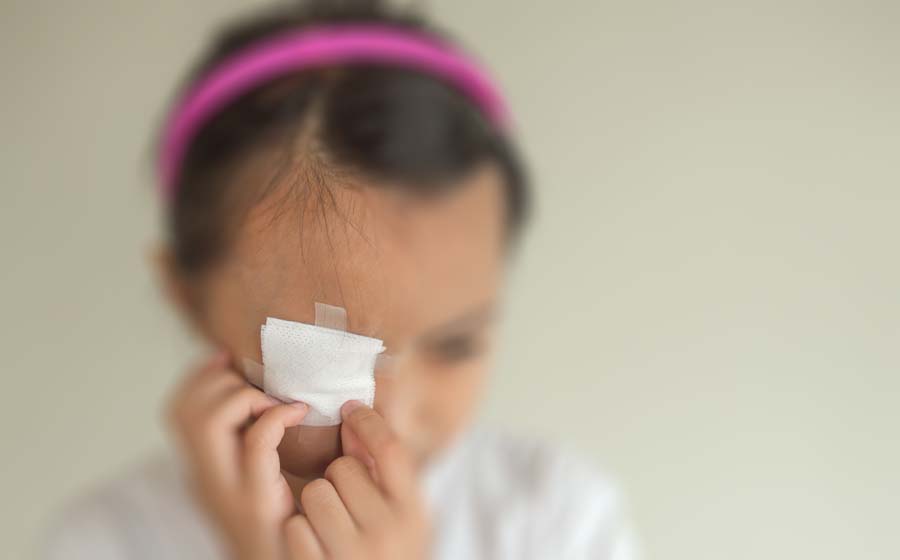December is a gift month – a safe gift month. We love to give gifts but gift giving during Christmas season is exceptional.
However, we are warned to make sure the intention of gift-giving will not be obliterated by the danger our gift will bring to (the receiver receiver) specially children.
According to the American Academy of Ophthalmology (AAO), roughly 1 out of 10 eye injuries among children is because of toys.
A recent study published in the journal Pediatrics showed a steep increase in the number of eye injuries from BB, pellet, airsoft, and paintball toy guns.
Common eye injuries include corneal abrasion, hyphema, or blood in the front of eye, foreign bodies, and open globe injuries.
With that, Prevent Blindness America has declared December as Safe Toys and Gifts Awareness Month.
The group encourages everyone to consider if the toys they wish to give suits the age and individual skills and abilities of the individual child who will receive it, especially for infants and children under age of three.
This holiday season (and beyond), please consider the following guidelines for choosing safe gift for all ages:
- Inspect all toys before purchasing. Avoid those that shoot or include parts that fly off. The toy should have no sharp edges or points and should be sturdy enough to withstand impact without breaking, being crushed, or being pulled apart easily. Always consider safe toys.
- When purchasing toys for children with special needs try to: Choose safe toys that may appeal to different senses such as sound, movement, and texture; consider interactive toys to allow the child to play with others; and think about the size of the toy and the position a child would need to be in to play with it.
- Be diligent about inspecting toys your child has received. Check them for age, skill level, and developmental appropriateness before allowing them to be played with.
- Look for labels that assure the toys have passed a safety inspection – “ATSM” means the toy has met the American Society for Testing and Materials standards.
- Gifts of sports equipment should always be accompanied by protective gear (give a helmet with the skateboard)
- Keep kids safe from lead in toys by: Educating yourself about lead exposure from toys, symptoms of lead poisoning, and what kinds of toys have been recalled; being aware that old toys may be more likely to contain lead in the paint; having your children wash their hands frequently and calling your doctor if you suspect your child has been exposed to lead. Consult the last two websites listed below for more information.
- Do NOT give toys with small parts (including magnets and “button” batteries which can cause serious injury or death if ingested) to young children as they tend to put things in their mouths, increasing the risk of choking. If the piece can fit inside a toilet paper roll, it is not appropriate for kids under age three.
- Do NOT give toys with ropes and cords or heating elements.
- Do NOT give crayons and markers unless they are labeled “nontoxic”.

